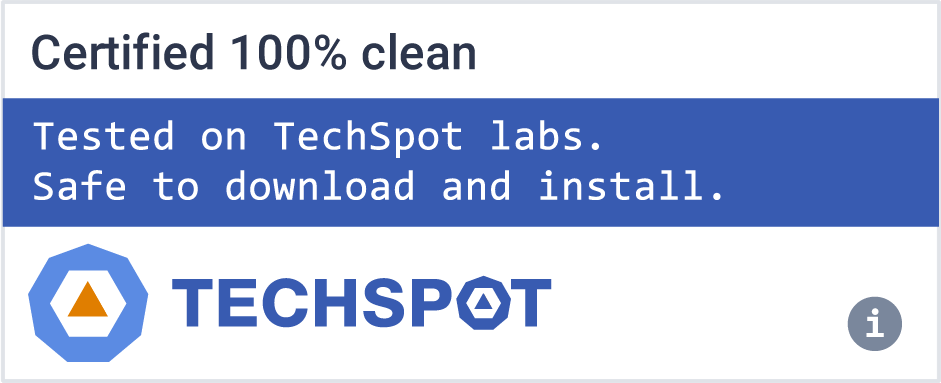IntelliJ IDEA comes with one of the most powerful code editors in the industry. It understands the ins and outs of your code thanks to initial indexing, which allows it to detect errors on the fly, suggest code completion options with precise context awareness, perform safe refactoring, and much more.
Features
Full line code completion
Powered by an advanced deep learning model, this feature enhances coding efficiency by predicting and suggesting entire lines of code based on contextual analysis. It runs entirely on your local device, ensuring your data remains secure without any external server communication.
AI Assistant General Availability
AI Assistant comes with useful functionality that can simplify your daily tasks. It offers integrated AI chat and can do things like automatically write documentation comments for you, suggest names, generate commit messages, and more.
Language injections
IntelliJ IDEA lets you work with elements of code in other languages embedded in your code. You won't notice a difference between your experience working with the core Java code and your experience with the code that you've injected. We provide code highlighting, completion, error detection, and other coding assistance features for embedded code fragments. To add a snippet of alternative code into Java, just press Alt+Enter, select Inject language or reference, and select the desired language from the list.
Intelligent code completion
IntelliJ IDEA provides context-sensitive code completion, offering you suggestions that are only valid for the current caret position. You don't need to use any shortcuts or configure additional settings; code completion will start as soon as you begin typing your code in the editor.
IntelliJ IDEA uses machine learning to ensure the most relevant suggestion is at the top of the list.
The Problems tool window
The Problems tool window displays issues found by IntelliJ IDEA in your project. This includes problems from project-wide analysis and manual inspections. It also displays the results of checks for risky APIs in imported dependencies. Each issue comes with a report that includes a short description, a button to fix it, options to suppress inspections, and more.
Inspections and context actions
IntelliJ IDEA is very good at checking over the quality and validity of your code with on-the-fly inspections. These inspections help you code faster, comply with the highest quality standards, and stay confident through the whole development process. We provide a host of standard inspections, as well as dozens of framework-specific ones covering a wide range of problems, such as Spring bean class autowiring errors, etc.
If IntelliJ IDEA finds any issues, it offers to help solve them via context actions, which include quick-fixes for highlighted errors and intention actions for changing your code if the issues are minor. To invoke a context action, click the light bulb icon or press Alt+Enter.
Live templates
Live templates is a powerful feature that helps speed up your coding. Just type in an abbreviation predefined in the template to insert standard code constructs into your work quickly. You can also create your own custom templates, which you can use to insert snippets of code that you use repeatedly.
Project-wide refactoring
IntelliJ IDEA's automatic refactoring feature lets you update your code safely and efficiently, both simplifying it and making it more readable and easier to maintain. The IDE offers a wide selection of refactorings that will help you safely rename code elements, change the signature of a class or a method, extract a code fragment to a method, and introduce variables. Watch our video on the refactorings that are essential to everyday coding.
Detection of code duplicates
IntelliJ IDEA can find and replace code repetitions in your project. Specify the search scope, and it will search for code that is similar to the selected method or constant field and replace those repetitions with calls to the original method or constant.
JVM frameworks
IntelliJ IDEA Ultimate provides first-class support for leading frameworks and technologies geared toward the development of modern applications and microservices. Your IDE comes with dedicated assistance for Spring and Spring Boot, Jakarta EE, JPA, Reactor, and other frameworks.
What's New
IntelliJ IDEA 2024.3 introduces a range of powerful new features to elevate your development experience. The IDE now offers a representation of your code's logical structure, streamlines the debugging experience for Kubernetes applications, provides cluster-wide Kubernetes log access, and officially moves K2 mode out of Beta. Explore this page for detailed updates across all areas of the IDE.
Logical code structure in the Structure tool window Ultimate
The Structure tool window now includes a Logical code structure alongside the familiar Physical structure. This allows you to view not only classes, methods, and fields but also the links and interactions between components in your project. For example, when you open a controller in a Spring Boot application, you can see its endpoints and the autowired application components. This enhanced view helps you understand the project structure and allows you to navigate through the project by following both code usages and meaningful connections.
Improved Kubernetes application debugging experience Ultimate
We've made debugging Kubernetes applications even easier. You can activate tunnel debugging simply by clicking on the ellipsis next to the Debug button and selecting Add Tunnel for Remote Debug. This makes your workstation a virtual part of the Kubernetes cluster, allowing you to swap in a pod and debug microservices locally with your preferred tools. Other microservices will interact with your workstation as though it's the pod you're debugging, with full network access to the rest of the cluster.
Kubernetes cluster logs Ultimate
IntelliJ IDEA now offers cluster-wide Kubernetes log access with streaming and pattern matching – essential tools for developers, as well as DevOps and SRE teams. This feature provides a centralized view of all events across pods, nodes, and services, helping you quickly identify issues without manually checking each log. Real-time streaming enables immediate diagnostics, while pattern matching automates the detection of key events and errors, such as out-of-memory issues or unusual network activity.
Stable K2 mode
In IntelliJ IDEA 2024.3, K2 mode has officially moved out of Beta and is now Stable and ready for general use. K2 mode significantly improves code analysis stability, memory consumption efficiency, and the IDE's overall performance. K2 mode now offers improved feature-parity with Java, and support for all Kotlin 2.1 features. To explore its capabilities, go to Settings/Preferences | Languages & Frameworks | Kotlin.

